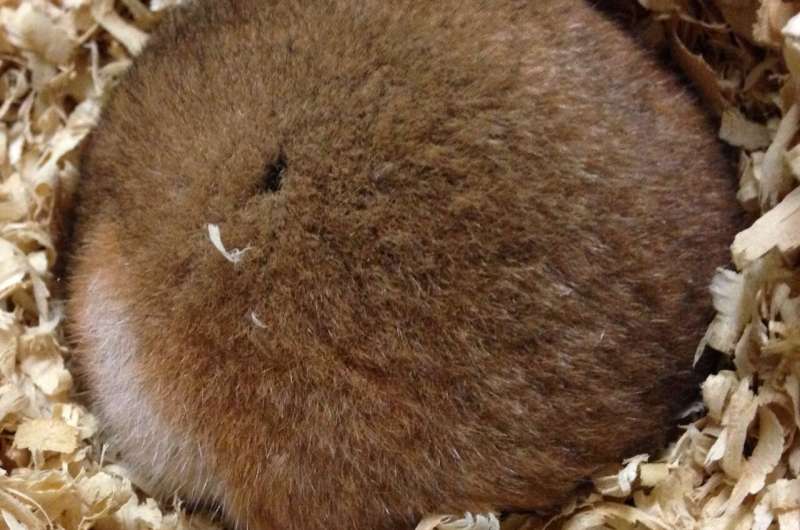Researchers at the University of Hokkaido, Japan, have made a breakthrough discovery that could pave the way for revolutionary advancements in human health and organ preservation. By studying the genetic secrets of hibernating Syrian hamsters, they have identified a key gene, Gpx4, that enables these small mammals to survive extreme cold temperatures. This finding could have far-reaching implications, from improving long-term organ storage for transplants to exploring the potential of hypothermia as a therapeutic tool.

Surviving the Freeze
In some animals, this suggests that over the Aeons hibernation has evolved to keep out extreme temperatures; Syrian hamsters stave off freezing, for instance. Without extreme cold survival mechanisms, human beings and a lot of other mammals would die from cell damage and organ failure after exposure to sub-freezing temperatures.
However, the resilient hamsters have adapted a special strategy to deal with this. At stake is the glutathione peroxidase 4 (Gpx4), gene that helps diminish the destructive influence of reactive oxygen species and can build up in response to cold stress. Hope is maintained that the hamsters may prevent cell-damaging lipid peroxides from accumulating, and survive in a near-frozen state for months by keeping this gene active.
Unraveling the Mystery of Hibernation
Having explained the chilling phenotype of these hamsters, let me share with you how the authors unraveled their genetic secrets: The team started by introducing genes from cold-resistant hamster cells into human cancer cells, and then cooling the modified human cells down and warming them up again repeatedly over time.
By searching the genomes of the human cells that survived, the researchers found a likely suspect — a gene called Gpx4 from the hamster. Additional experiments showed that disabling this gene in hamster cells made them less tolerant to the cold, implying that Gpx4 is necessary for hibernation.
Curiously, human Gpx4 even conferred some cold protection when overexpressed in human cells. These findings lead to interesting questions about the nuanced differences between human and hamster forms of this gene, and why non-hibernating cells appear to be more susceptible to cold stress despite showing similar Gpx4 levels.
Toward a Cryogenic Future
Of course, the implications of this research go far beyond where 13-lined ground squirrels lay their heads when they check in for a five-month do-not-disturb. This identification of Gpx4 and cold resistance opens up the possibility that it might have applications in human health and medicine.
But there is at least one particuarly captivating application of climate control: to better store organs for future transplantation. The limitations of cold storage basically follow from the fact that cells are damaged at low temperatures. If scientists can find the molecular key for activating this gene — and thereby, enabling the cold-resistance properties at work in naked mole-rats — they may be able to devise novel techniques for preserving organs safely at lower temperatures that would significantly extend the time window between organ harvest and transplantation.
The technique could also be used in therapeutic hypothermia, where a patient’s body temperature is lowered to help with some medical conditions, such as traumatic brain injury or cardiac arrest. The identification of the specific genetic determinants involved in cold resistance could help establish safer and possibly more efficient hypothermia-type treatments.
Now that the researchers are beginning to understand hibernation as a state, they can explore potential applications in cryogenics technology using very low temperatures — to further health science. Communities of these tough little Syrian hamsters could hide the secrets so sorely needed for long-term room-temperature organ transplants and better survival rates in critical care patients if placed in a state of artificial hibernation.
